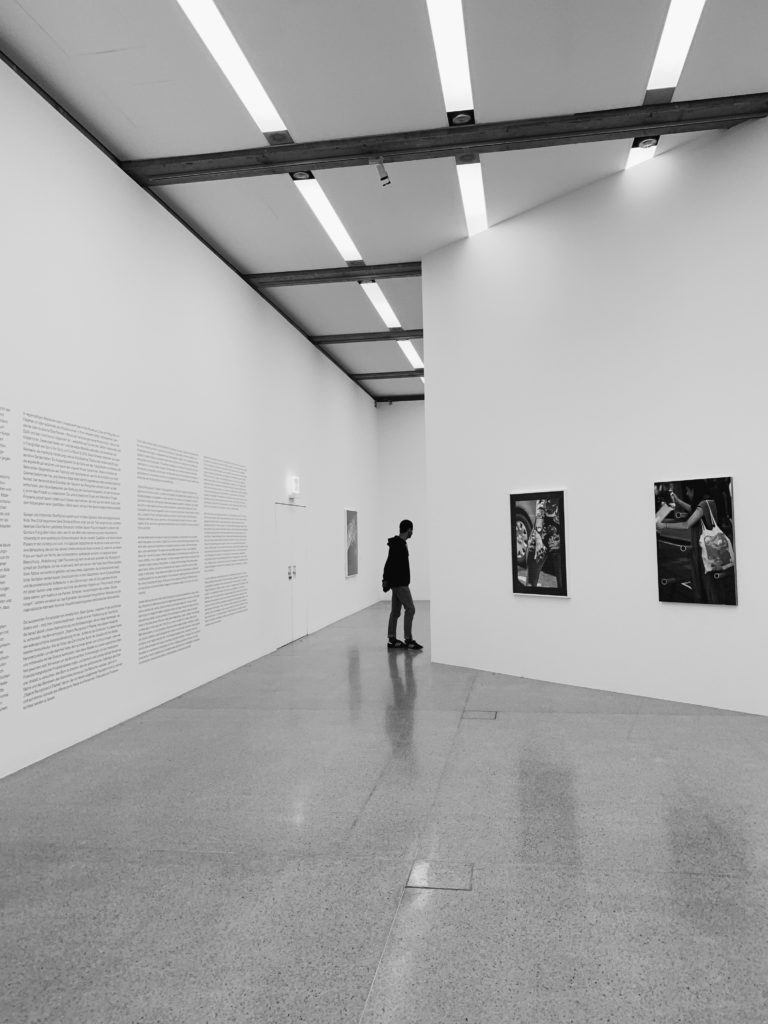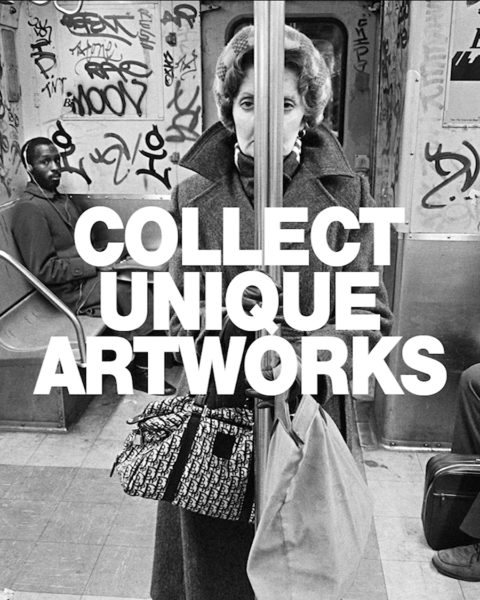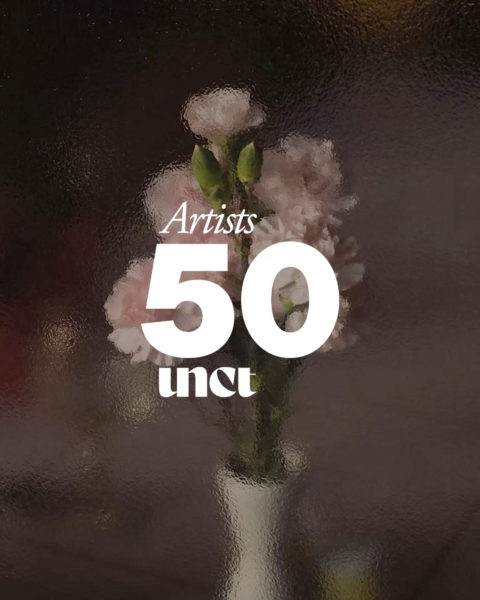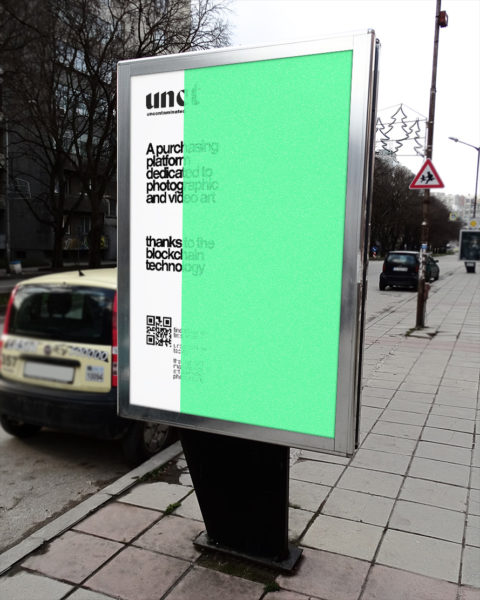To gain an understanding of today’s contemporary photography market and the relationship between artist’s and collectors and how it ties into the explosion of NFTs we must first hark back to its origins and how it has evolved over time.
The collection of photographs went hand in hand with the invention of photography. P & D Colnaghi, a well-established art gallery in London, sold photographs as early as the 1850s. Travel photographs were another early collectible. Many photographs were published in albums in the 19th Century, to be sold to institutions or wealthy private collectors. These early albums were precursors to the photographic portfolios produced today by contemporary photographers.
Photographic auctions also started in the mid-19th Century. Although “photography as art” was still being debated, by the early 20th Century photographs had become firmly established as a collectible. Alfred Stieglitz had various galleries in New York from 1905 until his death in 1946. Like many contemporary galleries today, he exhibited photographs alongside the work of modern artists. Along with Stieglitz, Julian Levy’s gallery in New York, open between 1931 and 1949, introduced many photographers to the collecting publish, including Weston, Sheeler, Strand, and Atget. Famous in the 1950s was Helen Gee’s “Limelight” and after a dry period in the 1960s, the early 1970s saw the beginning of the photography market as we know it today.
Fluctuations in the market happened in the early 1990s, generating a system of marketing, scarcity, galleries, agents, and signed and rare prints. Prior to this time, there had been less interest in vintage prints, hence, there were extensive reprintings by Ansel Adams, Andre Kertesz, Henri Cartier-Bresson as these photographers gained momentum.
Another important effect on the market has been the “blockbuster” museum shows which have contributed to a larger public awareness of the medium as well as providing new levels of understanding and an increase in value for a certain photographer or period of photography.
“Furthermore, blockbuster auctions, such as the multi-media Man Ray sale at Sotheby’s in London in the mid-1990s where only 1% of the items offered failed to sell,
contributed an energy and stability to the market.”
Auction houses and galleries have changed the structure of the contemporary art market through a system of representation, quotation, marketing, branding, and awareness generating what may be defined today as the “traditional art collecting system”, where the houses and galleries serve as middlemen between buyers and sellers earning consistent profits from the sale of the photographic work whilst often generating a “star system” where it is difficult for emerging artists to surface.
So what’s different about the revolution that’s taking place thanks to the advent of NFTs and the sale of “digital art” and how can we relate it to photographic art collecting compared to the more traditional system which was mentioned above?
Firstly, NFTs can be used for many things but effectively they are unique digital objects which can have a significant monetary value, just like a work of art, because of its uniqueness and certificate of authenticity, offering a wide range of new possibilities in contemporary art for artists, buyers, and collectors alike.
The NFT marketplace facilitates direct transactions between artists and collectors without intermediaries. These online communities such as uncontaminated.co give artists the chance to create and sell certified digital artwork that might not have been noticed otherwise. Moreover, everything is transparent as it is recorded on the blockchain via smart contracts, safeguarding both the collector and the artist from possible counterfeits. By being unique they generate value.
Concerning photography, the possibility to tokenize a photograph means that whoever owns this token owns this specific photograph. The buyer of an NFT work of art has in his possession the certificate, issued by the creator of this work, certifying that he is the buyer. The work itself can still be freely accessible online. Similar to the fact that anyone can see the work of Vivian Maier in exhibitions, books, and the web, but the owner is still John Aloof.
Our system allows another interesting feature for the artist, the whole concept of royalties. It entitles them to a percentage of the profits made every time ownership of the asset is transferred, in other words, the NFT is sold to someone else, making a profit, technically, indefinitely. Perhaps most importantly, artists can retain their full copyright, unlike many licensing agreements.
So how can NFT technology benefit artists and collectors?
The traditional market for photography has often maintained an elite approach to collecting and promoting certain artists based on fluctuations in the market. With huge market saturation in the last decade, it is increasingly difficult for most artists to generate revenue for their work. This is where NFTs represent an opportunity in an entirely new market. Where buyers from all walks of life, interested in art and technology, can claim a stake in the market generating revenue, supporting artists, and benefiting from a completely avant-garde system that will remain recorded on the blockchain indefinitely. Both groundbreaking and forward-thinking, an NFT marketplace is the most inclusive and accessible form of art exchange today.






